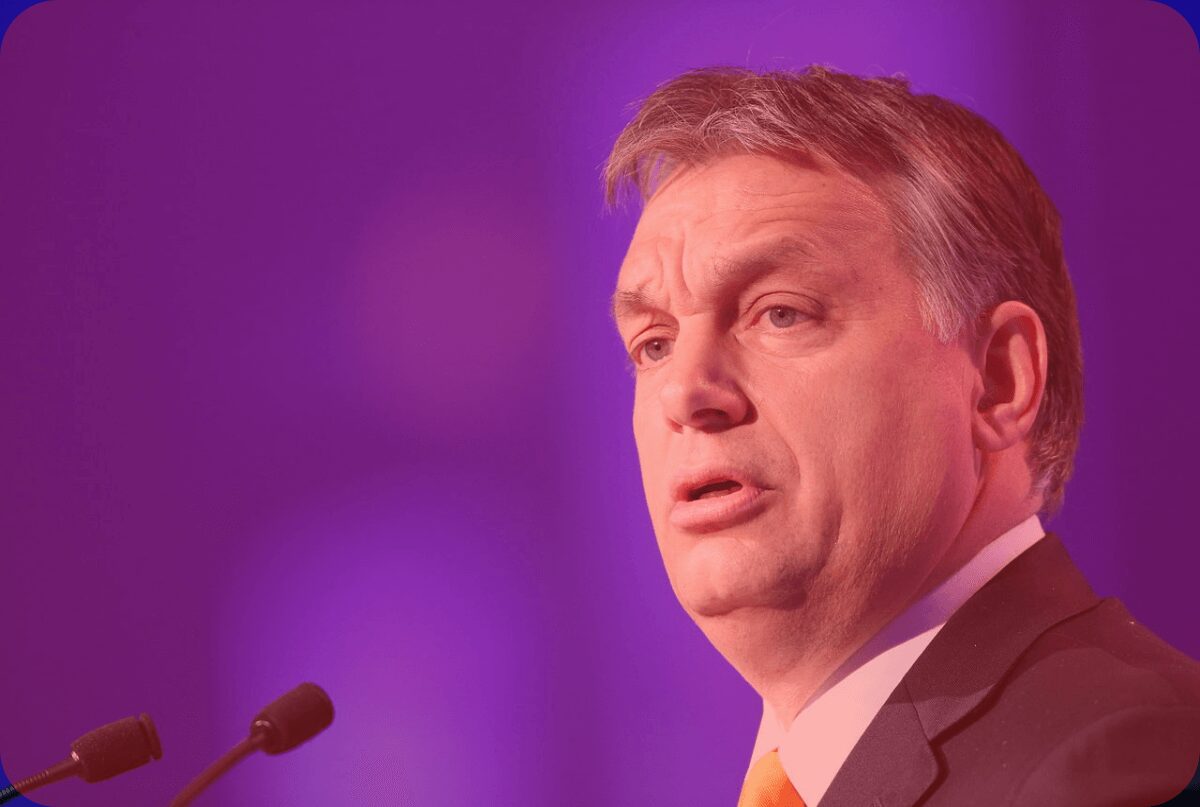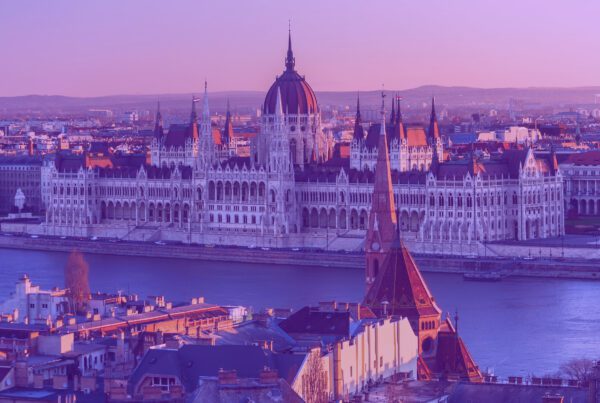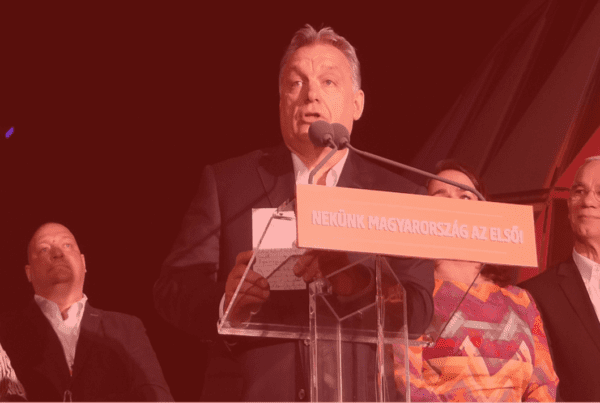Photo: “Viktor Orbán EPP 2014,” by European People’s Party licensed under CC Attribution 2.0 Generic. Hue is modified from the original.
Szebeni, Zea, and Virpi Salojärvi. ““Authentically” Maintaining Populism in Hungary–Visual Analysis of Prime Minister Viktor Orbán’s Instagram.” Mass Communication and Society (2022).
Abstract
The Prime Minister of Hungary, Viktor Orbán, is considered to be one example of the rise of populism during the 2010s in Europe. During the decade that he has been in government, Hungary has been a forerunner in terms of democratic decline. In parallel, throughout this period, political communication has increasingly shifted online, and politicians are now actively using social media to gain political capital. Despite the growing literature on online political communication, visual political communication remains underrepresented. Orbán’s case offers a unique opportunity to examine what authoritarian populism and maintenance of illiberalism look like when a regime has been in power for more than 10 years. Using visual discourse analysis, we analysed 131 visuals of Viktor Orbán’s Instagram from 2019. We argue that by using the symbols of nationalism and masculinity, Orbán attempts to embody the features of an “ordinary man” and also simultaneously conveys statesmanship through outlining “us” in ethno-nationalistic terms, in an effort to strengthen his party’s message, renew its hegemonic position, and to remain in power. This is in stark contrast to the communication of the Hungarian government, which relies heavily on “othering” and the construction of “them” in legacy and social media.







